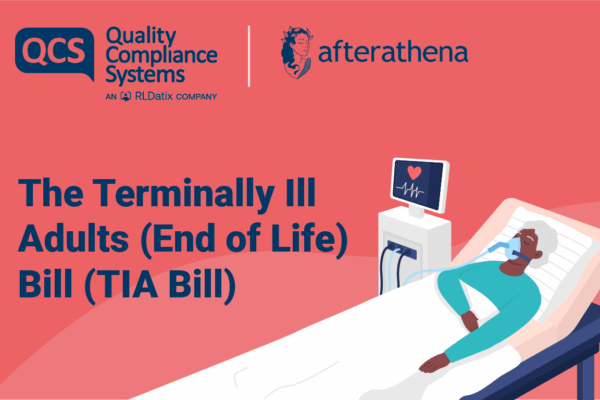
Hospitals in England are facing record levels of delays discharging patients as they miss many of their waiting time targets, official figures show.
The October data from NHS England revealed there were more than 160,000 days lost to delays that month – up by a third since 2010.
Many of the targets show poorer performance that last year, which was the most difficult winter for a generation.
This is an ongoing crisis with no end in sight, despite ever increasing funding. One major contributor is the delay in discharging patients who have already been treated, but for whom there is no suitable community placement for them, either through lack of home support, waiting on a residential place or other community care package. In turn, these discharge delays cause a bottleneck which gradually reduces the capacity of the service to admit people quickly. The result is overstretched staff, ambulances waiting outside, meeting targets for ambulance attendance falling, and patients waiting for intolerable times on trolleys before being seen.
The Nuffield Trust has called for NHS to invest in extra intermediate care beds in the community and in care homes. They see this as a way of improving throughput and providing a more effective hospital admission and treatment service. Spokespeople for the NHS have agreed, saying that; “The solution often clearly lies outside of the walls of our hospitals and into communities.”
There is evidence that this approach does work. In Glasgow, NHS and the local council have worked over the past year to ensure that there are care home beds to which people can be discharged, enabling further assessment, or arranging for a suitable care package. In Scotland, the percentage of people seen within four hours at A&E has increased by nearly 4% over the past year, unlike most other areas of the UK. The number of delayed discharges has also fallen, by 8% overall.
This sort of intermediate care can link to not just efficient transition to the community, but to preventive and re-enablement functions as well. New models of care services are being implemented which provide a range of services, form residential, to respite and intermediate care, day care and everyday medical and nursing support, all within one service. This makes sense, since I believe older and more frail people come with a need for different solutions. Not least is to get back to the community as quickly as possible after hospital treatment, and extra funding of intermediate care as the Nuffield Trust calls for, is likely to help meet this need.
It is likely to reduce and hopefully eliminate the yearly crisis on our hospitals by facilitating throughput, as well as ensuring that people receive appropriate preventive and supportive services in the community to avoid hospital admission in the first place.





